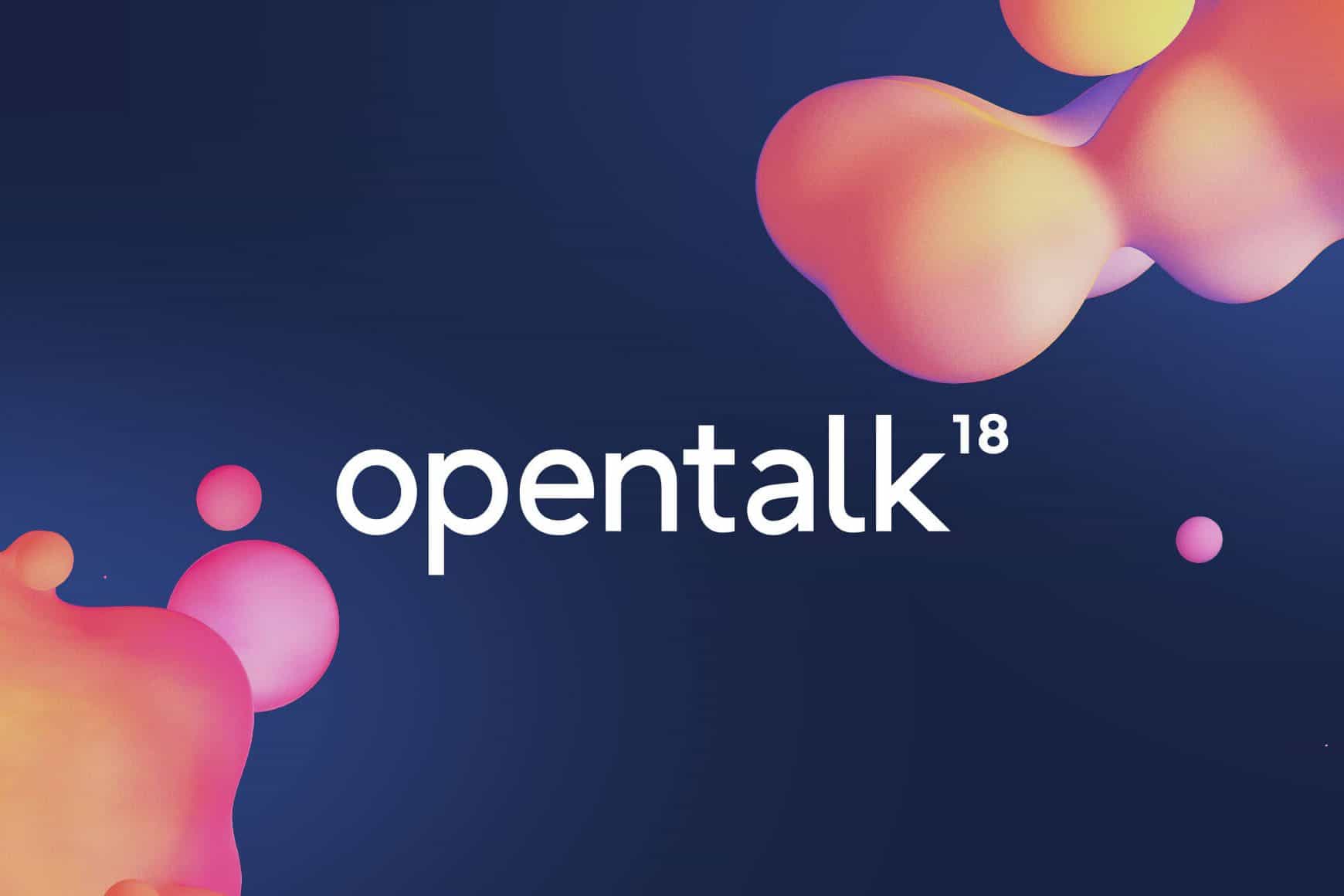CX Economics: How CX Yields Great Financial Results

By Steve Bell
0 min read

At Talkdesk’s CX industry event, Opentalk18, I had the pleasure of listening to Richard Owen’s excellent talk on CX Economics. Richard is the former CEO of Satmetrix (the company that invented Net Promoter Score – NPS) and now runs Owen CX Group. Anyone in the Customer Experience business knows the challenges of quantifying CX ROI and funding initiatives. I find this topic fascinating and critical for business. Richard has a good handle on it, so I’d like to share a synopsis of his presentation.
In the CX universe, economics is the single biggest topic that divides the perspectives of top executives and the professionals who run CX programs. When polled, the latter voted CX economics the least interesting topic, while top execs voted economics the most interesting topic.
This gap is a problem because the people who are running the programs consistently state that their programs are underfunded. And it’s no wonder. The root cause is that until these professionals can do a better job of articulating the financial upside of their programs, it will be tough to persuade leaders to invest.
Fifteen years ago, Satmetrix realized that what was missing was a CX measurement infrastructure. And so, NPS was born. With every measurement infrastructure comes an economic infrastructure. Here are 5 views of an economic infrastructure that will help challenge your thinking about the economic ramifications of customer experience:
1. Industry-level Performance
Fifteen years ago, Satmetrix analyzed the economic performance across industries over time to determine whether CX had any economic impact. Back in the 90s, CSAT was out of fashion because satisfied customers didn’t correlate to economic returns. In fact, satisfied customers seemed to be defecting. So a lot of industry leaders steered away from CSAT due to lack of a payoff. However, Satmetrix’s research showed a very strong correlation between revenue growth and NPS. The NPS leader in each industry outperformed the competition in terms of growth, profits, upsell/cross-sell rates and cost to serve.
Another study Satmetrix did with Bain & Co identified a big gap in the companies who thought they were delivering a great customer experience and those whose customers agreed. 80% of companies believed they were delivering great CX. Only 8% of their customers agreed—and that small percentage of companies substantially outperformed their competitors.
2. Management Performance
Business leaders have a problem with financial hyperbolic discounting. Hyperbolic discounting refers to the tendency for people to choose a smaller-sooner reward over a larger-later reward. If you are held to quarterly performance metrics, you will tend to over-discount future economics. That’s a problem because investments in customers are dollars spent today with the expectation of future long-term return. Some companies are coming up with ways to balance Financial Performance with Customer Performance and trade off those short-term and long-term economic choices. Leaders such as Amazon’s Jeff Bezos believe in this tradeoff and are willing to overlook that long-term discounting.
3. Lifetime Value (LTV) Performance
We’re now moving into an environment where businesses are starting to think less about short-term financial performance and more about the economics of lifetime value. This is a new and fundamentally different way of thinking about customers. The timing is right for this trend because the market is shifting to new models of consumption—in particular, the subscription model. In an LTV model, customer retention is the key factor. So businesses need to think not only about acquiring a customer, but about whether that customer will renew. As a result, the entire LTV equation is skewed by a business’s ability to deliver a superior experience over time.
NPS is really a way to segment your customers by their lifetime value. Promoters have high LTV, detractors have low LTV. For example, in the credit card industry, detractors have substantially lower LTV than promoters. A study in the insurance industry showed that promoters defect less, buy more and drive referral rates. In some cases, detractors have a zero or negative lifetime value, meaning they are actually costing the business, and you would have been better off not recruiting them in the first place.
4. Employee Performance
The employee experience is linked to customer experience. The challenge is that a high percentage of employees are not engaged with the business they work for. According to a Gallup poll, only 30% of employees consider themselves engaged. Agent churn in the call center is often quoted between 30-45%, with burnout, lack of empowerment and lack of career upside listed as common causes. Yet research shows that companies with higher levels of employee engagement drive higher levels of customer engagement and higher financial returns. Conversely, if you don’t have high levels of employee engagement, the chance of achieving leading NPS is very remote.
5. Asset Performance
“For most companies, data is their single biggest asset.” —Andrew Lo, MIT
Companies are increasingly quantifying the value of data, and customer data is extremely important. Data Capital has intrinsic value. If you can link customer data to what creates promoters and detractors then that data is an extremely valuable asset. As an example, compare company valuations of GM and Tesla. Tesla’s superior valuation is in part due to the perceived value from the massive amount of data they are capturing from their drivers to track driving patterns and fuel future innovation. GM lacks these data assets and trades at a much lower multiple.

In summary:
- Higher levels of CX correlate to higher industry performance.
- Short-term financial performance must be balanced with longer-term customer investment.
- Higher Lifetime Value comes from NPS promoters versus detractors.
- Higher levels of employee engagement are tied to higher CX and financial returns.
- Data (in particular customer data) has intrinsic value.
Hopefully, these insights offer food for thought to help CX professionals better articulate, justify and promote the value of their CX initiatives to the executives holding the purse strings.
To learn how Talkdesk can help make customer experience your competitive advantage, download Forrester’s Total Economic Impact (TEI) report here.








